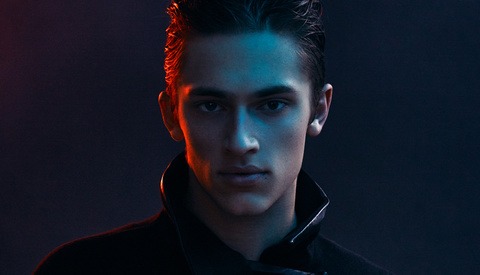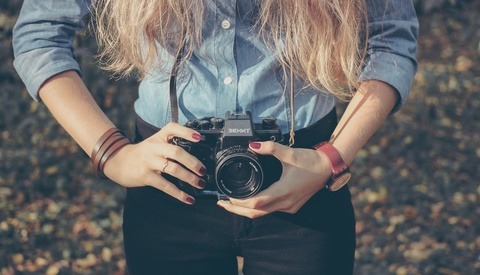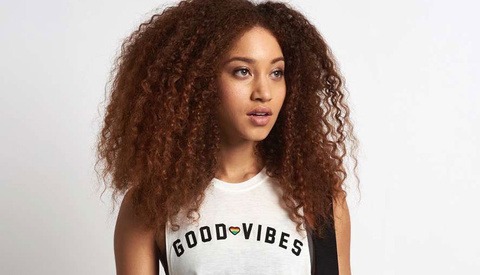Fashion Photography With or Without Technology
Almost all photographers nowadays are familiar with modern equipment and use it to create, show, and improve their work. Some is necessary like new cameras, lenses, computers, and some is complementary. It all depends on your work style and the photos you want to create. But let's ask a question here. How much of this technology and knowledge do you need for being a better photographer in your genre?

































